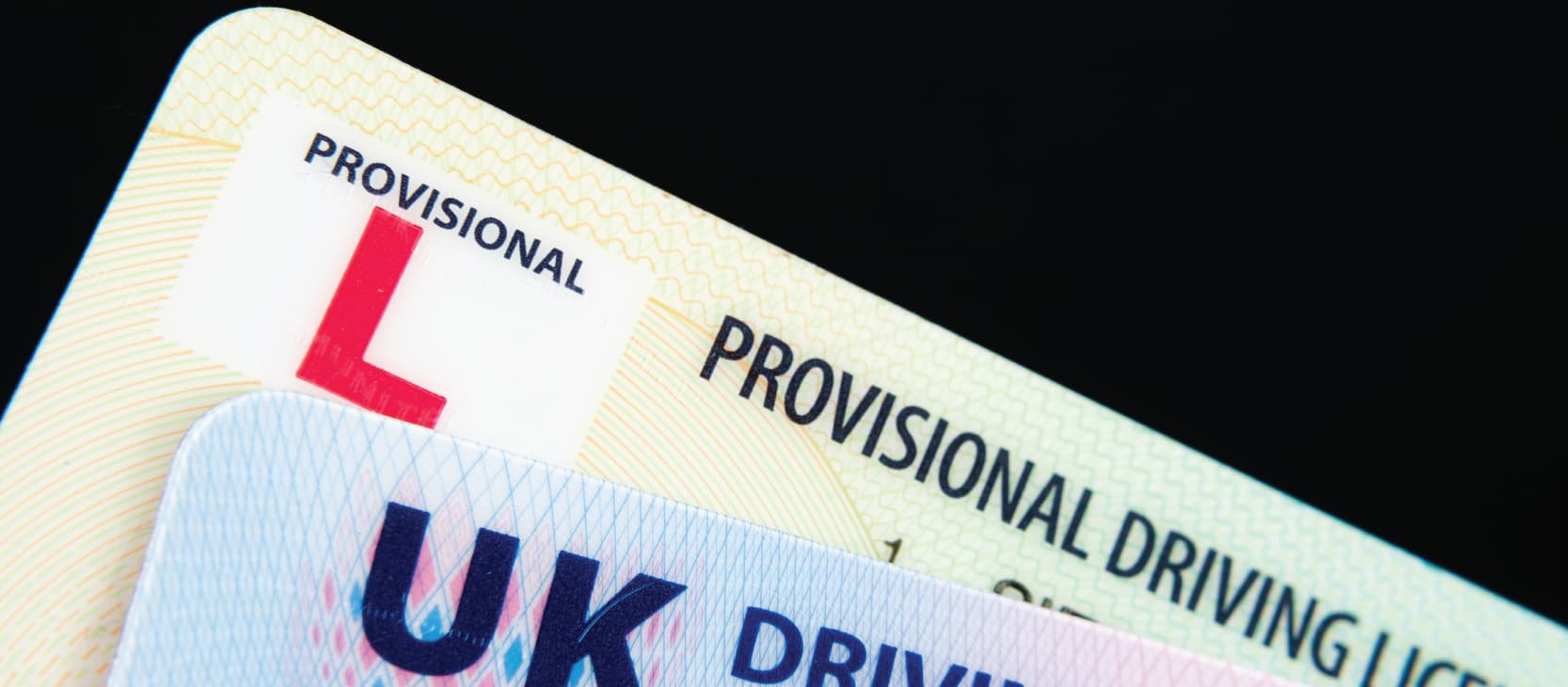
3 top tips to help you pass your hazard perception test
23rd Nov, 2023
The hazard perception test is a vital part of your driving theory test. It might not seem quite as intimidating as the physical part of the driving test when you’re in the car with an examiner, but it’s just as important – the skills you demonstrate in your hazard perception test may end up one day helping you avoid an accident that could even scrap your car. In the most serious cases, they may even help save a life.
The hazard perception test consists of 14 video clips that encompass a range of driving conditions and environments. You’ll need to spot the single developing hazard in each one (although one clip has two hazards to identify). It can seem like quite the ask – so here are three tips it’s worth bearing in mind!
Know the difference between a developing hazard and a potential hazard
Here’s the thing to remember: essentially, a potential hazard is something that you need to be aware of, but may not necessarily require you to react to. On the other hand, a developing hazard is something that’s already started to happen, and will require some kind of reaction from you in order to maintain your safety and those of everyone around you. It’s really important to know the difference between these two types of hazards. For example, a parked car is a potential hazard. A football rolling towards the road is a developing hazard.
Try and respond only to things which are developing hazards, and avoid clicking too much on things that are static potential hazards. Most types of developing hazards are often moving in some way (but not all of them!).
Match the developing hazard to the environment
As we touched on above, the clips cover a range of different driving environments and conditions. That means that the hazards you can expect to find are often characteristic of that environment. On motorways, for example, you’ll know to look out primarily for other vehicles, and on residential streets you’re more likely to have to watch out for pedestrian or children playing in the street. On narrow rural roads, on the other hand, where visibility is often more limited, you’ll need to pay attention to tight corners and watch out for suddenly oncoming vehicles.
Taking a quick second to analyse the environment of each clip can help you get into the right headspace for spotting the kind of hazard you’re likely to be facing. (Which is exactly how it works in real life, too!)
Stay conscious of when you’re clicking
Don’t forget, you’re looking out for anything that you think might require a driver to alter their speed, road position or direction. If you spot a hazard and it continues to develop, then don’t hesitate to continue responding as it develops. Once you’ve identified a hazard, it’s reasonably safe for you to click more than once if you have reason to believe it’s continually developing.
Equally though, you’ll need to be wary of clicking too much. Otherwise, you could just end up clicking constantly to get the marks, and the test would ultimately be pointless. To avoid that, it’s best not to click more than three times for any one of the hazard perception clips. Don’t use any type of clicking pattern either, and try not to click rapidly two or three times in quick succession. Keep a cool head.
All but one of the videos have just one hazard, so if you’ve already spotted two, then there’s a good chance that you won’t need to click again.
Those are our top tips, anyway – but friends and family may have more detailed advice for you! If you’ve been learning in a bit of an old banger and you’re planning on upgrading your car once you pass your driving test, then that’s where we can help here at Scrap Car Network. We make sure it’s never been easier to scrap your car – all you need to do is enter your car reg and postcode into the fields on our site, and we’ll get you an instant online quote before you can say cash for cars. It only takes a few seconds. Curious to find out how much yours is worth?